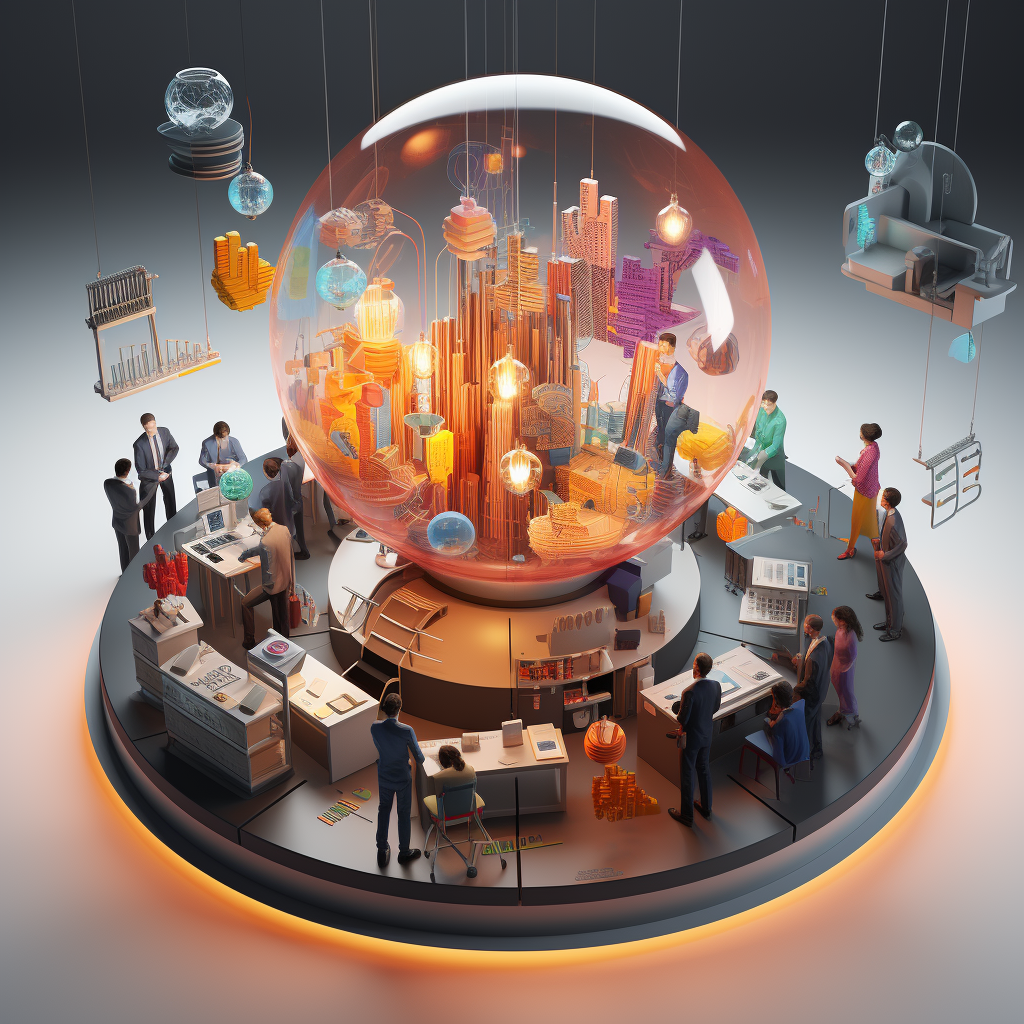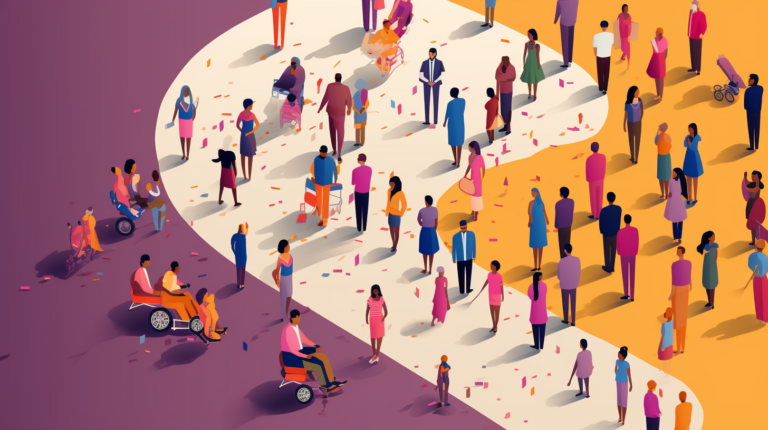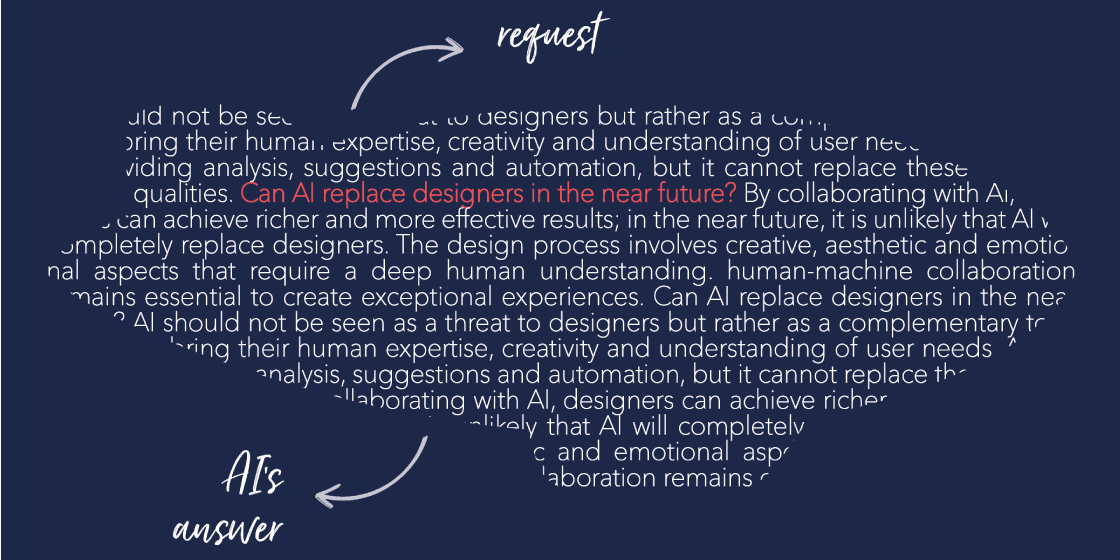Artificial intelligence (AI) has firmly established its presence in our lives, permeating every corner from self-driving cars to voice-activated assistants like Siri. Beyond our daily routines, AI’s influence extends into various industries, including design. Recent advances in AI have transformed the way we conceive and create products, services, and spaces. While AI offers innovation and streamlines design processes, it is essential to remember that it is, after all, a tool – an assistant rather than a creator. This leads us to the intriguing question: “To what extent is artificial intelligence a complementary tool for design?”
In the world of design, inspiration is the spark that ignites the creative process. AI, with its generative tools like Adobe Firefly, has become a beacon of hope for those who have wrestled with the dreaded blank pages. These AI-powered tools provide creative individuals with a starting point, generating text-based image suggestions that serve as a foundation for their projects. They act as valuable complements to human creativity, breaking down barriers and facilitating the realization of ideas. Whether you’re a product designer, architect, or working in any other creative field, AI can enhance the ideation process and foster creativity.



is that it can help you get out of the blank-sheet syndrome. Do you have an idea? You don't need any knowledge, even graphic knowledge, the model will be able to bring it to life visually.
AI empowers designers to extract valuable insights from user data, guiding their design decisions. By analyzing extensive design databases, identifying prevailing trends, user behavior patterns and preferences, AI can offer informed recommendations on design elements, layouts, and visual styles.
AI’s influence on design extends to automating various tasks that previously consumed valuable hours. From generating layout options to selecting color schemes and suggesting typography, AI-powered design tools expedite the design process and enhance productivity. By automating repetitive tasks, AI liberates designers to focus on more creative and strategic aspects of their work.

While AI offers remarkable potential, there’s one area where it still faces challenges: inclusivity. AI systems often rely on data that may not accurately represent the world’s diverse population. This can lead to systems biased against certain groups of people, such as people with disabilities, minorities and marginalized populations.
For example, Amazon experimented with the use of AI to automate its recruitment processes. The aim of the program was to examine candidates’ resumes and assign ratings ranging from one to five stars, in order to simplify profile selection. However, the computer model used by the company was based on resumes received over the last ten years. This approach had an unintended effect, given that the data used primarily came mainly from male applicants. The AI was therefore trained to prefer male profiles, putting female candidates at a disadvantage. This case is just one of the examples that illustrates a major problem when using AI: the bias of the training data, which can lead to biased results.
However, addressing bias and ensuring inclusivity remains a crucial challenge for AI, but it is not the only one. With many questions / limitations like inclusivity, copyright and credibility and reliability of information sources, AI may not be perfect today, but potential of this evolving technology feature is promising. As we witness its evolution, one thing is certain: the future of AI in design is brimming with exciting possibilities.
At CBA, we asked AI if it can replace designers in the near future. Its response is clear:

"AI should be seen as a complementary tool for designers. Designers contribute their human expertise, creativity, and understanding of user needs. AI can assist through analysis, suggestions, and automation, but it cannot replicate these essential human qualities."
ChatGPT
"AI should be seen as a complementary tool for designers. Designers contribute their human expertise, creativity, and understanding of user needs. AI can assist through analysis, suggestions, and automation, but it cannot replicate these essential human qualities."
ChatGPT


The design process is a multifaceted tapestry, demanding the richness of human creativity, aesthetics, and emotional depth. Therefore, AI stands as a facilitator of creativity, with true creators being the humans who guide it. At CBA, we cherish the symbiotic relationship where AI and designers work hand in hand, augmenting each other’s strengths. As AI becomes an integral part of the design landscape, our unwavering belief remains that the human touch will always be the most essential element.

